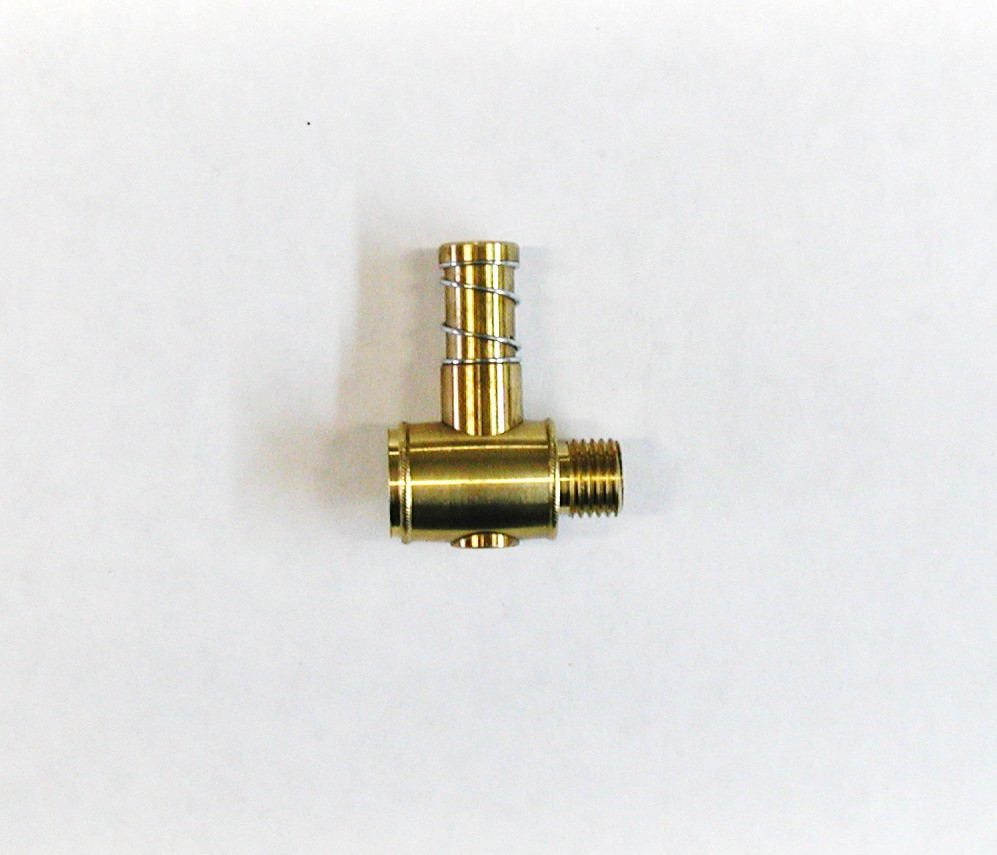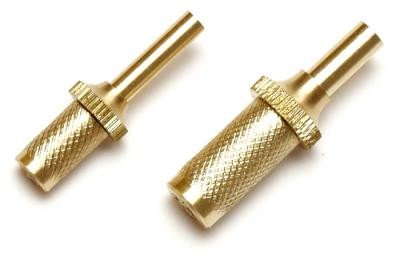What an excellent point and thank you for the account of your family's work in the industry. "Clamming" was done in the lakes in my area; a cousin recalled that the meat from the mussels was considered waste and domestic pigs were given free run of the sandbar where the innards were discarded.
Funny how you mentioned the clam meat was considered waste. I didn't know that until I was a teenager when a bunch of us kids took boats on the Mississippi and went swimming near a sandbar on the opposite side of the river. We could feel the clams in the sand underwater with our feet and gathered up a pretty good haul of 6" to 9" fat ones, I thought might be good for eating. We commonly took catfish out the Mississippi in those days and they were a real treat. When I got home, Dad asked me what I intended to do with them. When I told him I thought we might fry them, he laughed and said the meat was terrible and fit only for feeding hogs. Then he had me go dig hole in the woods behind our house to bury them before they began to stink.
That same Paternal Grandfather probably had at least something to do with me getting interested in black powder. Dad took us to see his folks frequently as we grew up and Grandpa's hugely long garage and workshop was a great place to explore. One day when I was around 11, I spotted what looked like a small cannon and asked Grandpa about it. He chuckled and said, "I wondered where that had gotten to.." As a young man, he had taken the barrel off a single shot percussion pistol and turned it into a cannon. I didn't realize it for years later, but the wheels he used were from scrapped metal working machines, larger ones on each side and a small one in the rear, so the cannon would roll under recoil. The barrel was held onto a bent piece of flat stock with good size round steel bands. When I asked him if it worked, he got a humorously ornery look in his eye and said, "Sure, do you want to see it fired?" Of course I agreed with enthusiasm.
This was in the mid 1960'a mind you and he pulled out a severely rusted one pound can of Curtis and Harvey black powder, probably left over from the 1930's. He used an old teaspoon to get the powder into the muzzle and I swear he filled half the 8 inch barrel with it. He packed it in with old newspapers right up to the muzzle. Then he found some surprisingly new looking cannon fuse and cut a length about 6 inches long and stuck in in the threaded hole in the breech where a nipple was supposed to go, all the while grinning from ear to ear like the Cheshire Cat. It happened to have been a Saturday and the park across the gravel road from his work shop was full of kids playing. He put the cannon outside the work shop door and didn't point it at the kids, but in the direction of the park. He lit the fuse, jumped back inside the shop next to where I was standing and slammed the door closed. We waited for what seemed like ages and then that cannon ROARED much louder than any firecracker or 12 Ga shotgun I ever heard, even from inside the closed shop. When he opened the door and we peeked out, stunned kids all over the park were staring in our direction and he began laughing. The cannon had flipped over and landed about 6 feet to the rear of where he had set it off.
It didn't take but a short while when we heard Grandma's voice from the house 40 yards away. She yelled his full first, middle and last name loud enough we both jumped and told us to come in the house right away. He smiled sheepishly and said, "Your Grandma is going to be mad for days, but it's worth it." When we got inside the house, she chewed him out royally for doing it (again) after she had told him long ago not to do it again. Then she lit into me saying I had better not follow the example of my Grandpa in such foolishness ever again. When she finished and we escaped back to the work shop, he was laughing so hard tears came to his eyes.
A few years later when I bought my first ML Rifle in January 1972 while home on boot camp leave, he helped me make a powder horn and cast balls for it all in one day. In later years when I came home on leave, I always made a point of visiting him a few times each time I came home. He was always so tickled to show me the projects he worked on and was tickled pink to see things I was working on and hear about my work as a NM Military Armorer. I was the only of his five Grandsons who worked with his hands in any wood or metal trade and that meant a lot to him.
Thank you and Treestalker for the kind words and fond remembrances as well.
Gus











